- ABI Research predicted that global EV sales in 2024 will increase 21% and 19% in 2025, down from a 31% increase in 2023 and a 60% increase in 2022.
- These predictions appeared in ABI’s EV Market Slowdown application analysis report, published in early April 2024.
- Global EV sales in 2024 could actually be much higher than ABI’s predictions due to dramatic decreases in lithium prices, a current oversupply of EV batteries, and intense price pressure from China.
Global technology intelligence firm ABI Research released its latest forecasts, predicting that global EV sales in 2024 will increase by 21% and increase by 19% in 2025. This is all according to ABI’s EV Market Slowdown application analysis report, which studies electric vehicles’ sales growth and was published in early April 2024.
ADVERTISEMENT
An increase of 21% would be a significant decrease over the last few years. In 2023, global EV sales grew 31%, down from a whopping 60% growth in 2022.
Bloomberg Report Shows a Different Picture
Bloomberg noted that global electric vehicle sales are catching up to internal combustion engine (ICE) sales at an astounding rate. In Q4 of 2023, EV sales have now passed the 5% of new-car sales tipping point in 31 countries.
Passing 5% signals the beginning of mass adoption of EVs. This is a significant increase over the same study in 2022, when only 19 countries had passed the 5% tipping point, proving a fast worldwide movement from ICE to electric vehicles.
Experts disagree on why EV sales are slowing in 2024. Some say that a lack of EV charging is to blame. The lack of public chargers can be an important problem, to be sure. Limited range is another issue, causing “range anxiety,” or the fear of a driver running out of charge while driving. The median range for an electric vehicle was reported to be 270 miles for the 2023 model year, according to the U.S. Department of Energy and the U.S. Environmental Protection Agency.
ADVERTISEMENT
Huge Growth in Today’s EV Charging Market
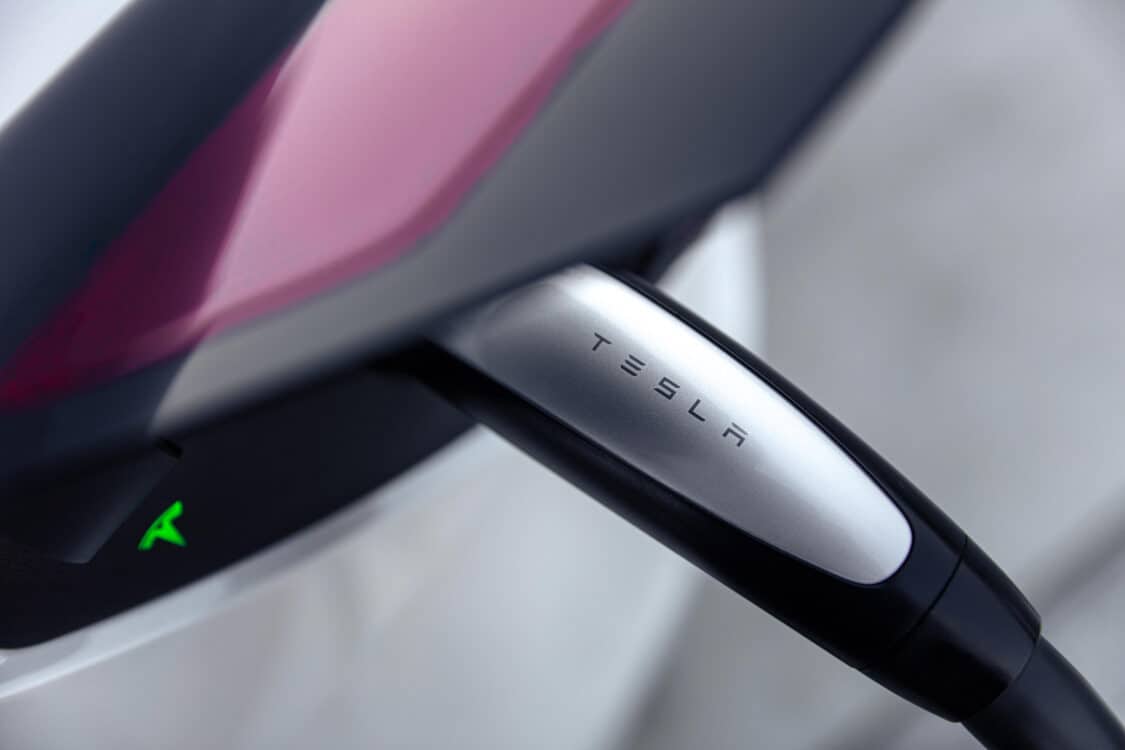
IDTechEx forecasted huge growth in today’s EV charging market, going up to a $16 billion market by 2034. EV charging is growing fast around the world. With a combination of billions in public and private investments, charging availability is getting installed at breakneck speed.
However, it’s difficult to keep up with enough charging, considering the incredible growth of sales of new EVs in some countries.
EV Subsidy Cuts in the UK and Germany
In Europe, electric vehicle sales growth has slowed due to cutbacks of subsidies in the U.K. and Germany. As these are the largest car markets in Europe, these declines have stagnated growth in other European countries.
China’s EV Sales Will Grow Fastest
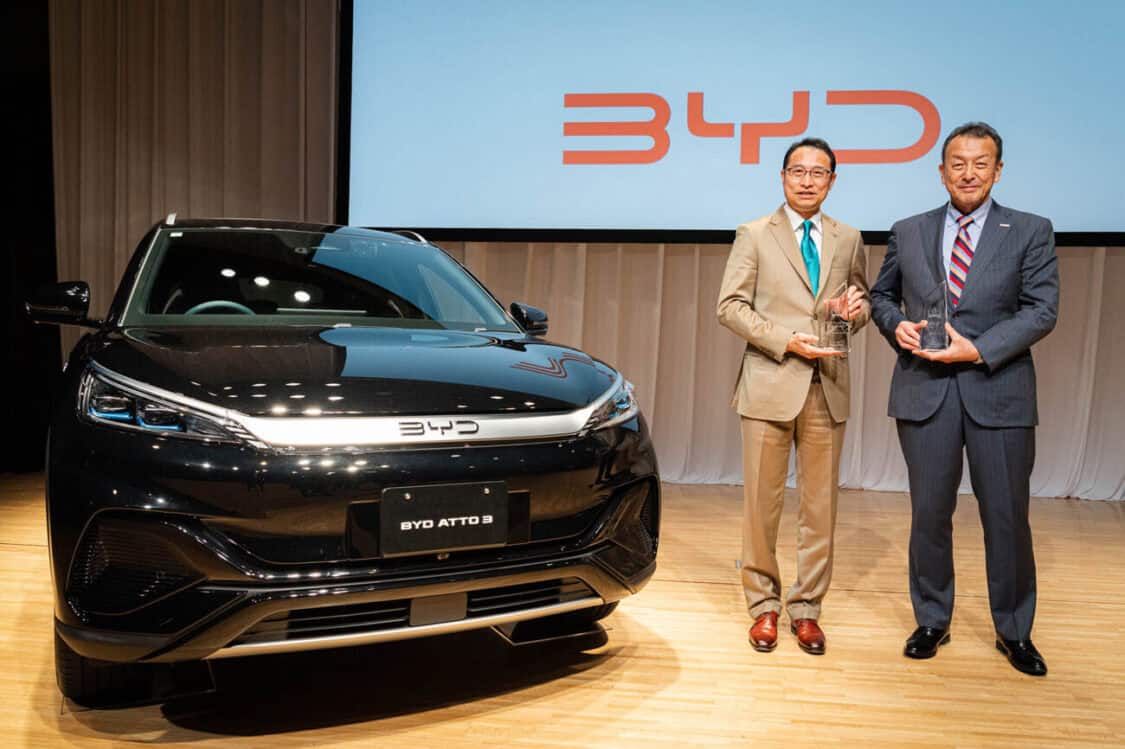
In China, EV adoption reached a 36% market share in 2023 due to the country’s strong support of its EV industry and large government investments in charging infrastructure over many years. China’s BYD has driven down EV prices to historic levels. The most obvious case is its Seagull, which broke the $10K EV cost barrier.
The EV transition in China is now primarily self-sustaining, without ongoing government subsidies. EVs are expected to make up over half of all car sales by 2025 in China, as one of the world’s fastest-growing EV markets.
China’s EV sales in 2024 are expected to keep growing quickly, as evidenced by China’s Xiaomi securing an impressive 50,000 orders for the Xiaomi SU7 within the first 27 minutes of sales.
ADVERTISEMENT
High EV Prices Continue to be a Problem in 2024 for the U.S.
High vehicle prices have been a problem from the beginning of America’s part of the global EV revolution. In December 2023, Kelley Blue Book stated that the average price for a new electric car was $50,798. KBB listed the average selling price for a new vehicle, including EVs, hybrids, or ICE, as $48,759.
More Model Options Are Needed in the U.S. and Globally
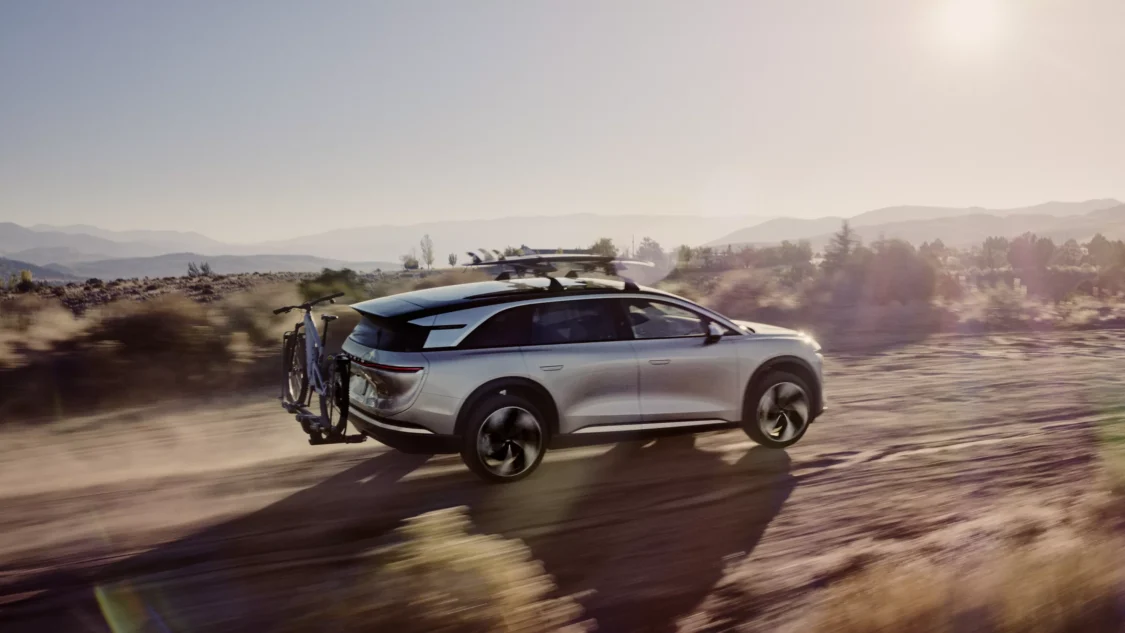
CNET said there were over 40 electric car, truck, and SUV light-duty models on sale in the U.S. in 2023. The selection of electric vehicles on the market, while steadily growing, currently pales in comparison to the vast array of ICE vehicles available.
For example, EV market leader Tesla offers only a few light-duty models. This scarcity of options is slowing down widespread EV adoption.
ABI Research’s Predictions Are Too Low
We believe ABI Research’s predictions are far too low and that sales growth will be much higher in 2024 and 2025. While it’s true there are a variety of problems facing EV adopters around the world, the economic benefits of switching to electric driving are now well-proven and undeniable. The strong motivation of cost savings is added to the pressing need for more eco-friendly driving options to fight climate change, a fact millions more people around the world are more attuned to every year.
Dramatic decreases in lithium prices, a current oversupply of EV batteries, and price pressure from China will drive down EV prices globally and drive up EV demand within the next few years, creating an “EV explosion.”
In the U.S., more battery factories coming online will allow more models to qualify for the EV tax credit. China has already dropped EV prices lower than ICE, and when this happens globally, sales and adoption will accelerate at an exponential rate.
ADVERTISEMENT

FEATURE IMAGE: ERIK MCLEAN
FTC: We use income-earning auto affiliate links. Learn more.













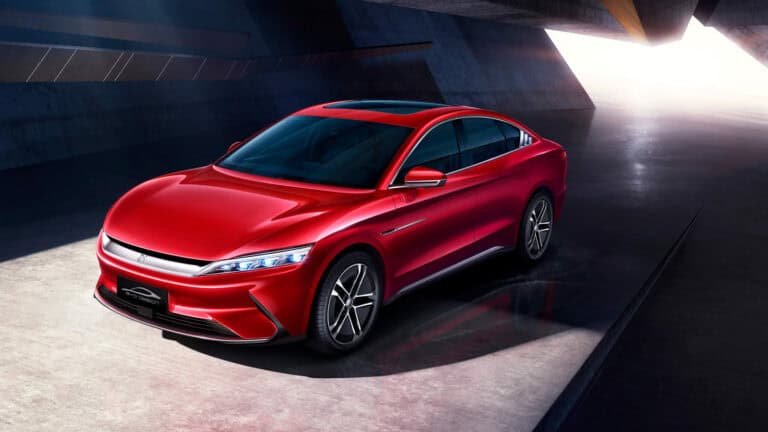












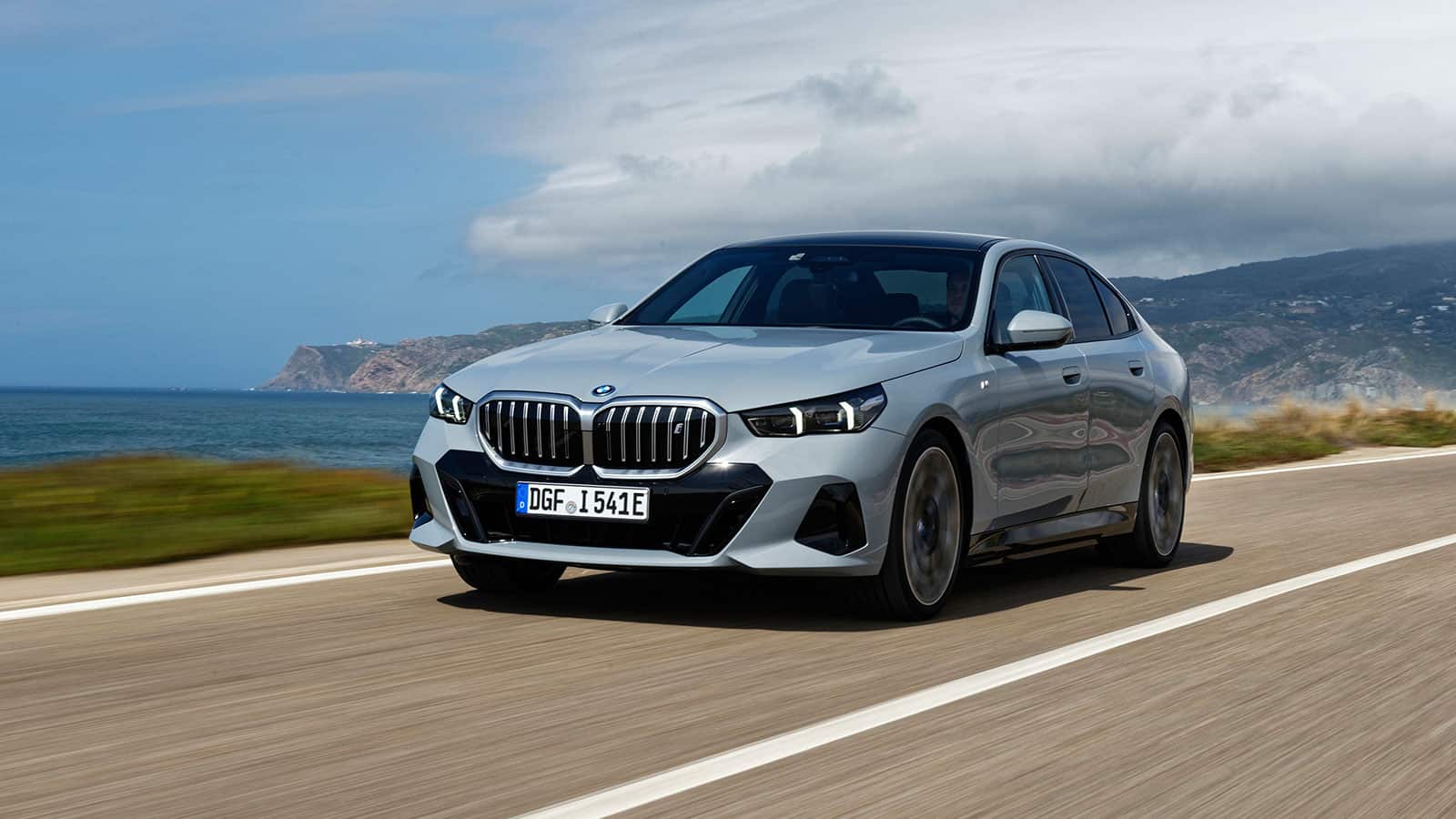

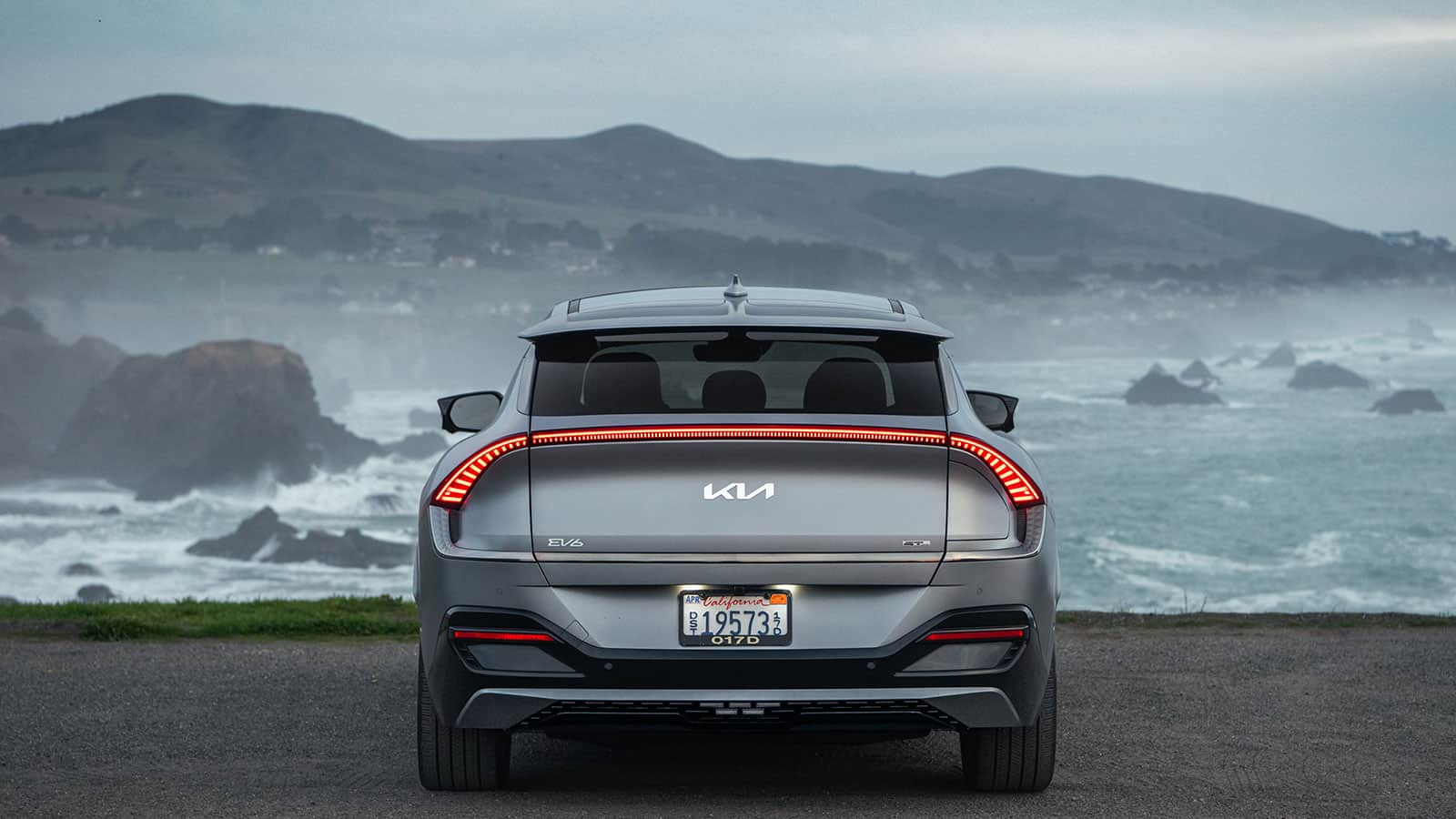
One Response